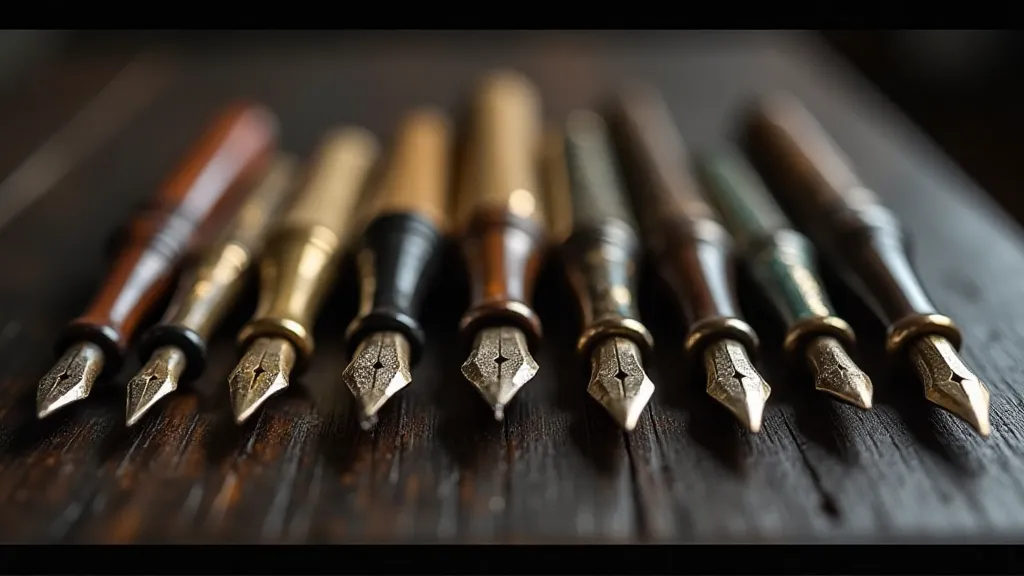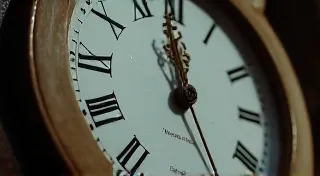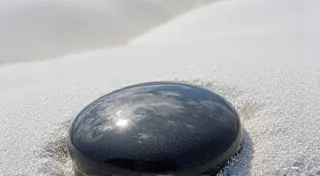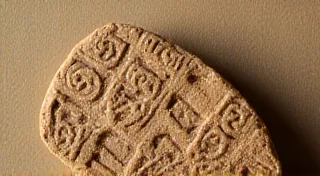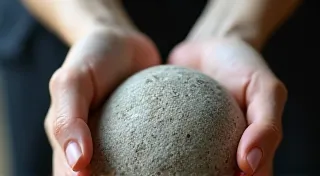The Cartographer’s Tremor: Embracing Imperfection in Antique Writing
There's a certain romance associated with maps, isn't there? The weathered parchment, the faded ink, the lines drawn not with perfect precision, but with the hand of an explorer charting unknown territories. Writing with a vintage fountain pen nib evokes a similar feeling, a connection to the past that transcends mere inscription. It’s not about flawless execution; it’s about the tremor, the subtle variation, the *character* embedded within each stroke.
We’re accustomed, in this digital age, to a relentless pursuit of perfection. Fonts are crisp, lines are straight, and the act of writing itself is often reduced to a sterile exercise in efficiency. But in the world of vintage fountain pen nibs, perfection is not the goal. It’s the pursuit of authenticity, of a tangible link to the hands and minds that came before us, and a willingness to embrace the unique imperfections that make each nib – and each writing experience – utterly individual.
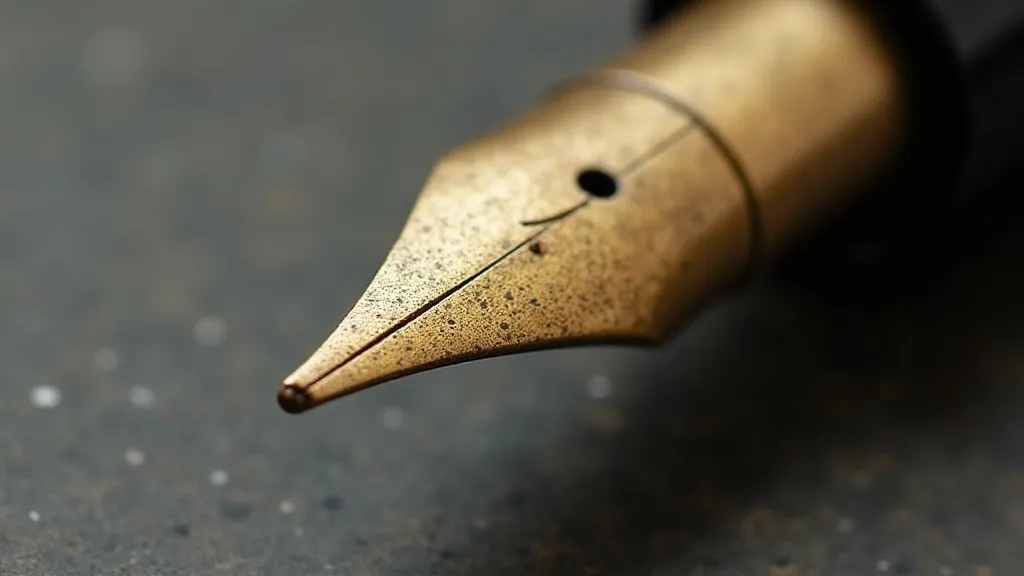
The Hand of the Maker: A Legacy in Gold
To truly appreciate the allure of vintage nibs, it's helpful to understand their context. Consider the era of their creation – often, the late 19th and early 20th centuries. Manufacturing processes were far less automated. Each nib was the product of skilled craftsmanship, meticulously ground and shaped by hand. Nib makers, like Parker, Waterman, and Sheaffer, employed artisans who possessed a deep understanding of metallurgy and the art of shaping metal. These were masters of their craft, and their skill is evident in the subtle nuances of each nib.
Unlike today's mass-produced nibs, vintage nibs often exhibit variations. Slight differences in grinding angles, subtle imperfections in the metal, even microscopic scratches – all these contribute to the nib's unique personality. These aren't flaws to be corrected; they're signatures of the maker, echoes of the human hand involved in their creation. It’s akin to admiring the brushstrokes of a master painter – it's the very imperfections that convey the artist's touch, the depth of emotion poured onto the canvas.
The Language of Flex and Feedback
Perhaps the most enchanting characteristic of many vintage nibs is their flexibility. Modern nibs tend to be stiff, designed for consistent line width. Vintage nibs, however, often possess a delightful degree of flex – they respond to the pressure of the writer's hand, widening and narrowing the line with each stroke. This flexibility allows for a more expressive and dynamic writing style. It's not just about writing words; it's about drawing with them, adding a layer of nuance and artistry to the process.
Another quality often appreciated in vintage nibs is feedback – a subtle sensation felt as the nib glides across the paper. This isn't a rough or unpleasant feeling; rather, it’s a connection, a tactile communication between the writer and the instrument. It’s a feeling often lost in the smooth, frictionless surfaces of modern pens, but it provides a richer, more engaged writing experience. It’s a reminder that you're holding something real, something crafted with care.
I recall discovering the joy of vintage nibs a few years ago. I’d been frustrated with my modern pens, feeling a disconnect from the act of writing. I acquired a humble Sheaffer self-filler with a flexible gold nib. The moment I put pen to paper, something shifted. The nib responded to my touch, creating a line that danced and flowed. The slight feedback gave me a sense of control and connection. It wasn’t just writing; it was a conversation.
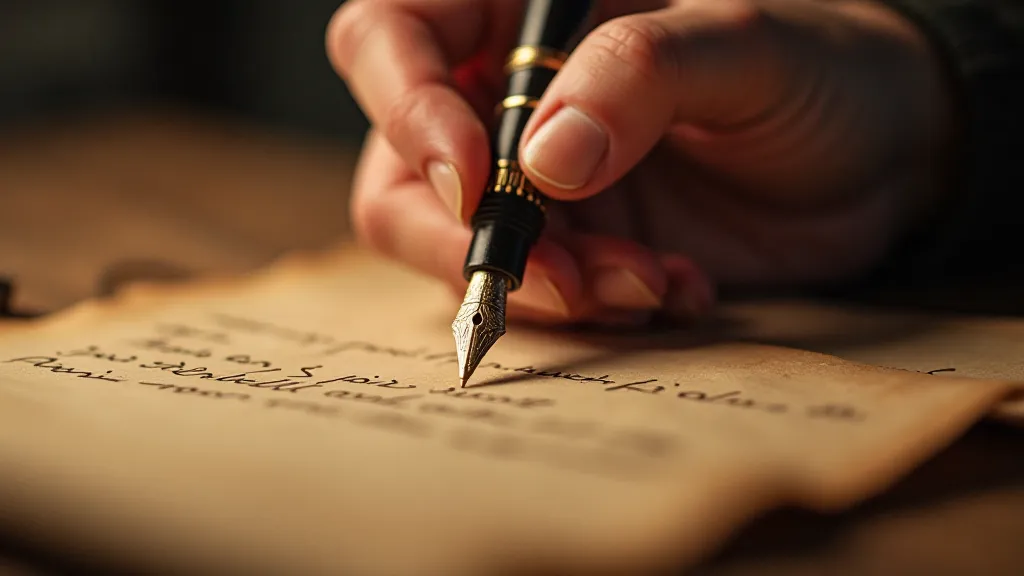
Beyond Functionality: Collecting and Preservation
Collecting vintage fountain pen nibs isn't just about acquiring objects; it's about preserving history. Each nib tells a story – of the maker, the user, the era in which it was created. Many of these nibs have been used for countless letters, documents, and journals, carrying within them echoes of the past.
Of course, with age comes wear and tear. Vintage nibs may exhibit tines that are slightly misaligned, or iridium tips that are worn. These are often viewed not as defects but as testaments to a life well-lived. While some collectors prefer pristine examples, others appreciate the patina of age, the character that comes with use. Restoration can be a rewarding pursuit, bringing a tired nib back to life, but it’s a delicate process requiring patience and skill. Often, less is more – simply cleaning a nib can reveal its true beauty and functionality.
Understanding the nuances of different nib makers and their characteristic features is key to a fulfilling collecting experience. Parker's nibs often display a distinct “pencil-like” responsiveness. Waterman nibs are frequently known for their wet flow and often possess a “nail” or small ridge. Sheaffer nibs, as I mentioned earlier, often exhibit delightful flexibility. Researching these differences enhances the appreciation of each nib’s individual charm.
Embracing the Imperfection
In a world saturated with perfection, vintage fountain pen nibs offer a refreshing alternative. They remind us that beauty can be found in imperfection, that character lies in the details. They invite us to slow down, to connect with the act of writing, and to appreciate the craftsmanship of a bygone era. The cartographer’s tremor – that slight variation, that subtle imperfection – is not a flaw. It’s a signature, a testament to the human touch, and a gateway to a richer, more authentic writing experience.
